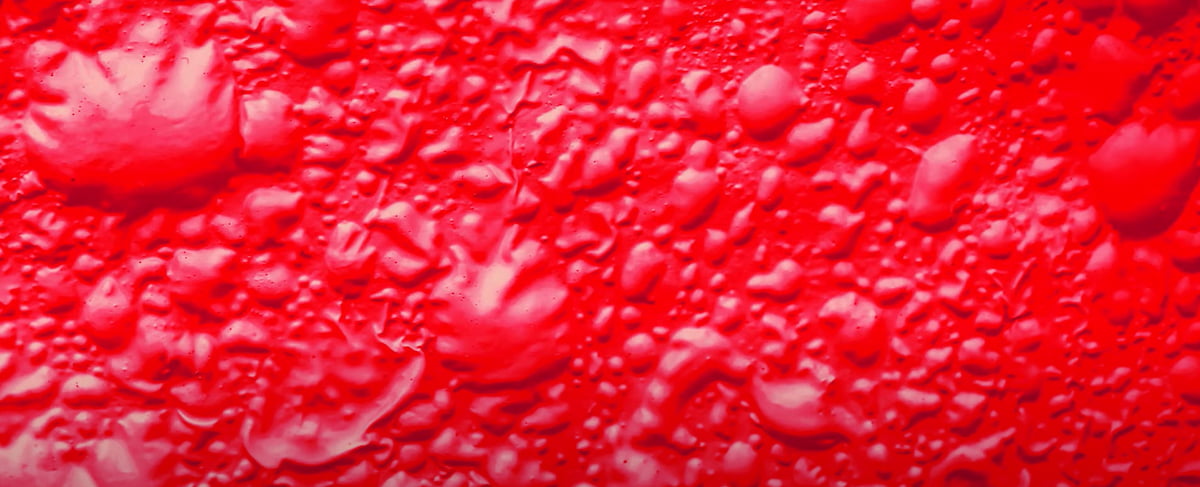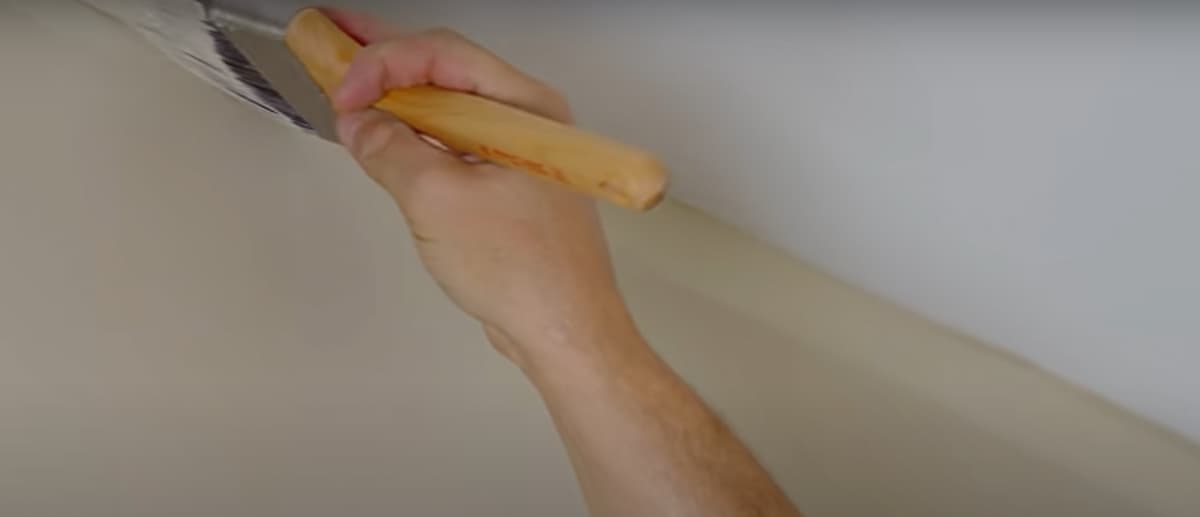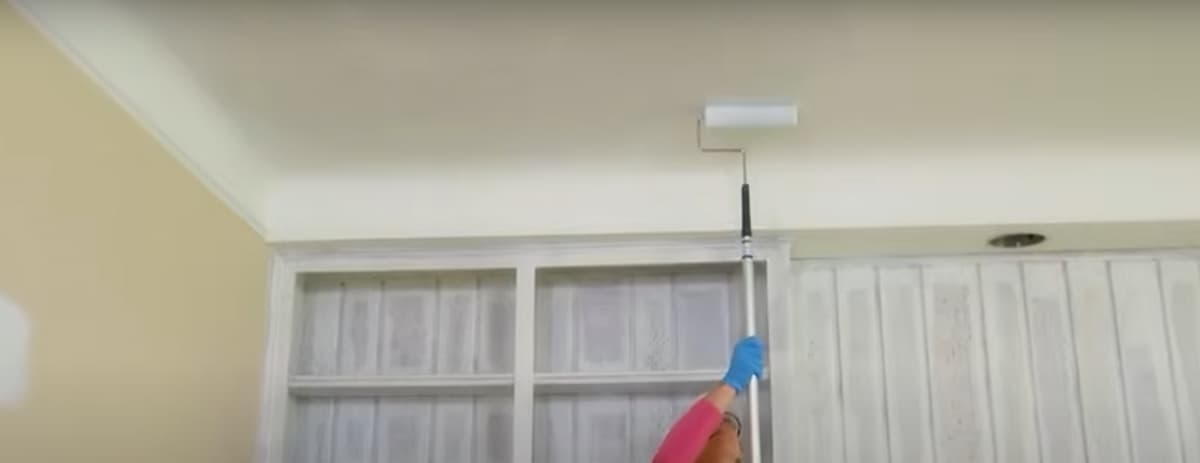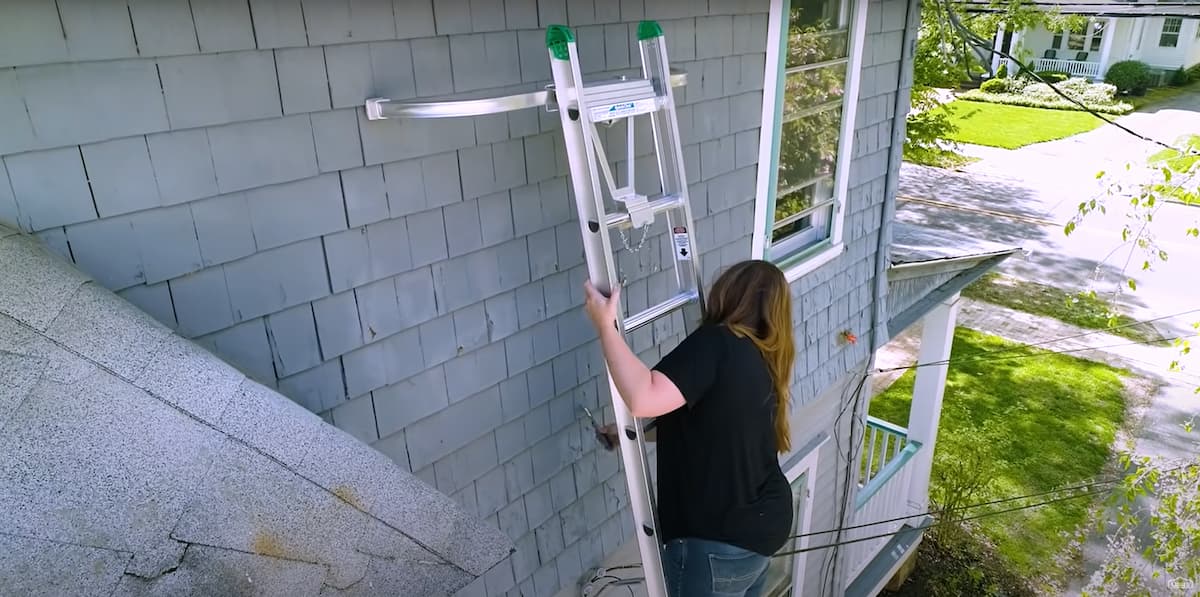
“Blistering” is the formation of “bubbles” in the outer ornamental paint film, caused by localized loss of adhesion and subsequent lifting of the existing paint film from the underlying surface. No, we’re not talking about painful blisters or itchy blisters or other skin infections. We’re talking about bubbling made during the drying process of paint. It’s possible that one paint layer has lost adhesion to the one below it, or that all of the paint layers together have lost adhesion to the substrate. The loss of adhesion and blistering can quickly lead to paint flaking and peeling.
Blisters come in two distinctive forms.
- Painting over the problem areas is complicated because they are caused by moisture entrapment within the ground beneath the paint film, which changes from a liquid to a vapour when exposed to sunshine and grows but is unable to escape through the paint film.
- These are caused by solvent entrapment beneath the paint film during the application, when the solvent is unable to evaporate (escape) as soon as the surface is heated up.
Primary Cause of Blistering in Interior Walls
The primary cause for the generation of blisters can be categorized as follows. Delaminating of coating from the substrate (substrate failure). This is one of the most common causes of blisters. It is caused by an accumulation of too high a stress or internal bond strength within the paint system. Though becoming rarer, several older product types and certain new products exhibit these characteristics.
Examples include some acrylic lacquer and polyurethane topcoats with calcined clay fillers and/or titanium dioxide pigments, which derive their strength from an oil-modified alkyd binder matrix containing filler particles having large diameters (3 m). These usually require curing at 80 °C to raise the temperature sufficiently for solvent release and proper crosslinking to take place before film formation can occur.
Conditioning or solvent trapped beneath the paint film before or during coating application is another common cause for blistering of coatings. This occurs when incompatible systems are mixed, especially if they have different refractive indices, causing either a high-solids system to be diluted with too much thinner (causing both diluent and solids to remain) or a low-solids system to be applied over an already wet surface leaving insufficient drying time between coats.
Other Common Causes of Blistering
However, it has been found that even compatible components can generate blisters in some situations due to incompatibility at the interface between layers leading to loss of adhesion, most often by blocking the free movement of water molecules beneath the topcoat layer. There are numerous causes for this, including water contamination or chemical attack at the interface during the coating process.
Examples are over-wetting of substrates during the application of topcoats due to incorrect substrate preparation, particularly if they contain too high a proportion of surfactants or wetting agents that retard water penetration into the substrate.
Blistering that is caused by an alkali reaction with the concrete. Finally, surface irregularities in the substrate material itself may make it more prone to blistering, leading to the low cover of the paint system. This is especially prevalent on concrete surfaces that have not been properly sealed or where alkalis are present in excess amounts.
What is Blistering in Painting?
Blistering in painting is the formation of many tiny blisters on the surface of the painted material. This can be due to moisture getting trapped between coats or during the application of paint. This problem occurs when fluid gets into the pores of an absorbent substrate, where it cannot escape. Blistering is common with all types of paints, especially acrylics and water-based coatings on concrete surfaces. There are several reasons for blistering, but commonly they are caused by moisture trapping in the coating being applied or poor surface preparation or application technique.
Blisters can form within just hours after painting begins, so early inspection is necessary to prevent further damage
How do You Fix Blistering?
The solution for preventing bubble formation underneath your paint is to remove all of the fluid that’s trapped in your substrate. Moisture may be present in any porous surface, including concrete, stone or wood. The first step is to apply a waterproofing sealer over the top of your existing paint. A primer with a high-solids content can also help protect against blisters because it creates an impermeable membrane on top of your existing paint layer(s). If you are painting new drywall or fresh plaster, make sure to completely seal the pores using primer prior to applying paint.
To repair areas where blisters have already formed, use a flexible putty knife blade and scrape off loose edges before trying to fill them. Mix water-based filler powder (such as Acrylic Filler) with water to form a paste, then use your putty knife to apply it into the blistered area. Once it dries, re-coat the repair work with a primer and paint.
How do You Prevent Paint Bubbles in the Paint Film?
There are a few ways you can stop paint blistering from ever happening. The most important step to preventing paint bubbles is to make sure that the surface is fully dry before painting begins. This may ensure that there are no trapped liquids or vapours under or within the coating. Let porous materials such as a concrete cure for at least 28 days prior to painting, and be sure they have been cleaned of all dust and dirt using a mild detergent solution

In order to ensure proper adhesion of both the topcoat and the primer coat of any paint job, follow these general guidelines:
- use primer on concrete, masonry and wood surfaces
- apply paint to plaster and drywall.
Paint bubbling can also be caused by poor surface preparation or application technique so ensure these steps are followed properly before proceeding with the paint job. Check for surface contamination, dust, dirt, oil and other contaminants. Also, make sure to properly stir paint before application.
What is the Blistering Effect?
Blistering effects can either be described as a condition or an effect of paint degradation. Blisters are the direct result of the removal of cured coatings and most commonly occur due to one of two reasons. The first potential cause is water-soluble contaminants within the substrate that remain after initial surface preparation or they may be present in additional layers of paint applied over existing coats that haven’t cured completely. The second reason for blistering is due to poor surface preparation or application technique.
Water-soluble contaminants can be absorbed by a substrate and cause blistering in a secondary coat of paint because the new coat doesn’t bond properly to the old one, creating a weak point where water can penetrate through small cracks in the old coating. Poor surface preparation typically occurs when the surface being painted is not thoroughly cleaned prior to painting with any type of coating. This allows dirt, dust and other contaminants to remain on the surface which then prevents proper adhesion from occurring between topcoats of paint and it may also affect how well they cure.
How to Remove Fluid Trapped Beneath the Underlying Surface?
The best solution for preventing bubble formation underneath your paint is to remove all of the fluid that’s trapped in your substrate. Moisture may be present in any porous surface, including concrete, stone or wood. The first step is to apply a waterproofing sealer over the top of your existing paint. A primer with a high-solids content can also help protect against blisters because it creates an impermeable membrane on top of your existing paint layer(s). If you are painting new drywall or fresh plaster, make sure to completely seal the pores using primer prior to applying paint.
You may also want to consider using a liquid-applied waterproofing product. These liquid membranes can really help seal in moisture, but it’s important to note they usually require professional installation (i.e., by an experienced painting contractor). But instead of applying new paint, you might consider installing tile or stone over the surface. Or put another way, if your substrate is stone or concrete, don’t cover it, leave it exposed.
What Causes Bubbling Paint?
Blistering paint is most often caused by moisture trapped beneath the surface that then creates an airtight situation where gases can’t escape. This might be due to poor surface preparation or application technique, but it’s very likely due to water-soluble contaminants left behind after proper surface preparation (see above).
The second cause is not as widely known and was identified fairly recently by industry experts. It turns out that some latex paints are highly sensitive to humidity changes. The problem with these special paint formulations is that they react badly when exposed to high humidity levels for extended periods of time (days), which makes them prone to bubbling or blistering. However, if properly applied they work well in areas like bathrooms and kitchens where the humidity is high.
Breathability of Paint
Breathability does exist in certain coatings, but only in exterior products (exterior paints, stains and finishes). And even then, breathability may vary based on the substrate and climate conditions where they’re being used. For example, a stain that appears to be very breathable might still trap water underneath if applied over concrete. We can’t speak for every product out there but generally speaking, every good quality exterior latex paint has breathability properties, without exception. If you have an issue with bubbles forming beneath your paint, you’ll need to identify the underlying cause and take the appropriate measures to fix it.
It is possible for humidity to travel from one side of a wall to another, but this occurs very slowly over long periods of time. Also, there are many things that contribute to this such as wind, ventilation and air pressure. That’s why exterior products tend to be more breathable than interior paints or coatings because rain can hit them directly while indoor surfaces aren’t exposed to rain (in most cases). Just like clothing does some good by “breathing,” some paint and coating manufacturers claim high-performance properties based on some level of breathability.
However, we don’t believe you could rely on some type of magic ingredient in the paint to do the job that insulation and proper ventilation are supposed to do. Under normal circumstances, interior paints are vapour-retarders, meaning they block water vapour (moisture). So in some cases, painting over existing paint can increase moisture levels behind new wall coverings. This is why it’s so important to get a perfect air seal on the surface of drywall before applying any type of finish or paint. If you want your walls to breathe, leave them bare or install an effectively vented rain-screen.
What Causes Blistering Exterior Latex Paints?
Blistering on exterior surfaces has similar causes as interiors, but there are also other factors involved such as wind-driven rain and ultraviolet rays which have a stronger effect outside. There are specific exterior products that can be more sensitive to high humidity levels such as some 100% acrylic stains and finishes. The main mechanism behind blistering is simple, trapping moisture under the coating creates an airtight situation where gases (water vapour) cannot escape, which then causes the paint to blister and detach from the substrate.
What Causes Peeling Latex Paints?
Paint peeling is a common issue on many surfaces, not just walls painted with interior latex paint. Peeling has many causes, but most of them have nothing to do with breathability or relative humidity levels in your home. For example, it’s not uncommon for painters who were sloppy during surface preparation to cause damage that may lead to cracking, peeling and blistering. Poor adhesion can also occur when oil-based paint is applied over latex paint, or if the wrong primers are used on certain substrates.





